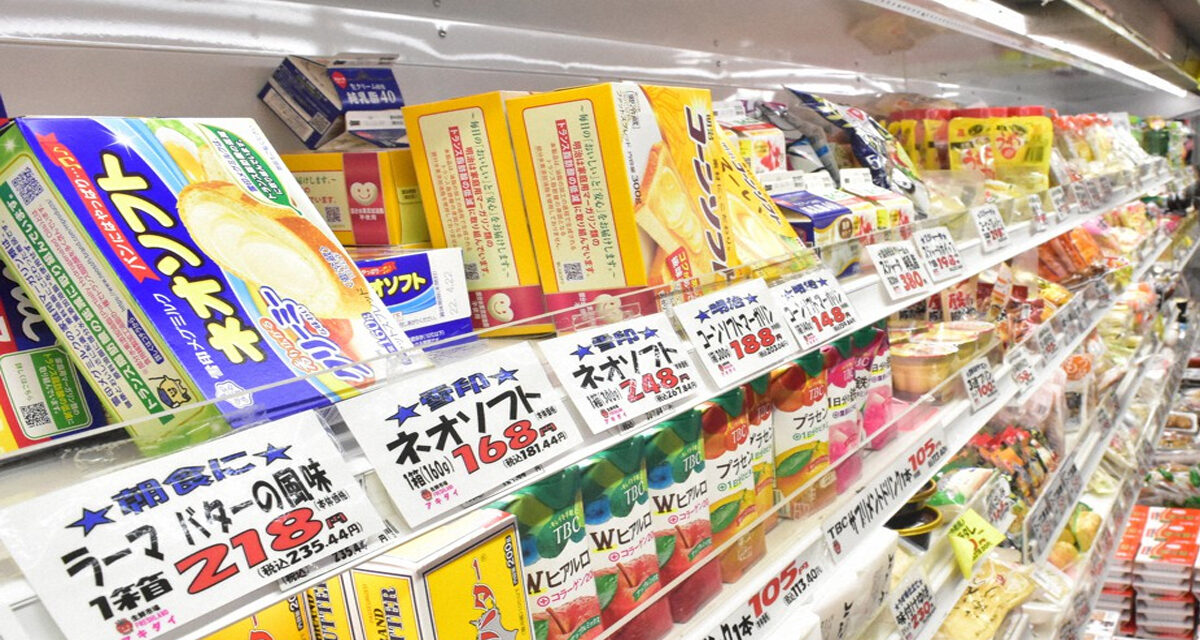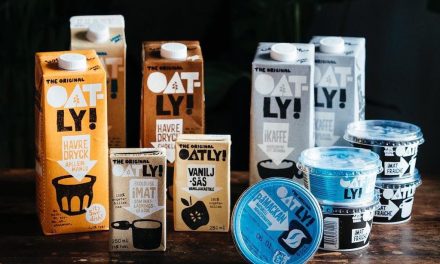The rapidly increasing cost of living and unbridled inflation throughout Asia and the rest of the world is driving the growth of consumer inflation in Japan to its fastest in nearly 40 years.
Driven primarily by rising prices of food, fuel, and other necessities, the consumer inflation growth rate exceeded the Bank of Japan’s 2% target for the sixth consecutive month.
The core consumer price index (CPI) in Tokyo was 3.6% higher this month compared to where it was at this time last year. Likewise, the increase went beyond the median market forecast of 3.5%, as well as the 3.4% increase noted last month.
Core consumer prices in Japan, particularly in the capital, are seen as a prime indicator of economic trends in the country. The last time consumer inflation sped up in Tokyo was back in April 1982. At the time, the core CPI was 4.2% higher than where it was in April of the previous year.
As of mid-November, service prices in the capital were up by just 0.7% compared to 2021’s figure. On the other hand, the prices for durable goods shot up by around 7.7%, after registering an annual gain of 7% flat last month. Meanwhile, the corporate service price index which monitors the prices charged by firms for their services was pegged at 1.8% in October, somewhat slower than the 2.1% it registered in September.
What’s Fueling Inflation in the Capital?
As stated earlier, food and fuel are the primary factors for the CPI increase. However, it was also noted that consumer product manufacturers also charged higher prices for more durable items in light of the weak yen and the rising cost of importation.
According to Mari Iwashita, chief market economist for Daiwa Securities, it is possible that the weak yen could keep inflation at high levels throughout much of the coming year, bolstered by broadening hikes in the prices of basic goods and services. Iwashita added that it is also possible that core CPI would remain within the BOJ’s 2% target, but that would make it harder for the central bank to make a case about temporary price hikes.
At present, the BOJ still keeps interest rates low on the assumption that inflation will stop rampaging by next year. This is a stark contrast to the way western economies, especially the United States’, have been hiking interest rates to keep surging inflation at bay.















